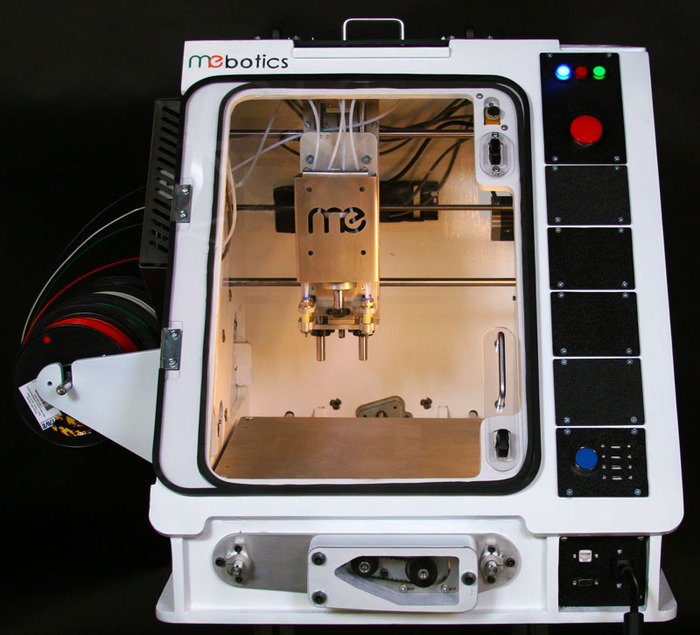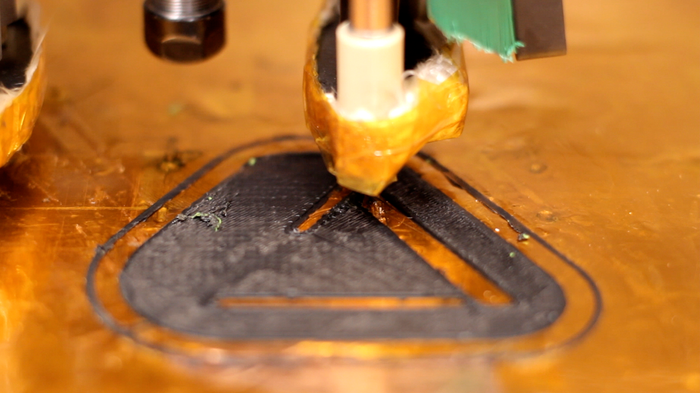The company Carbon3D came out of two years of stealth mode Monday night with a simultaneous TED Talk and Science paper publication. Their new tech, which they say could be used in industrial applications within the next year, makes coveted 3-D printers the likes of those sold by MakerBot look like child’s play.
Unlike conventional 3D printing, this printer continuously forms a new object, rather than printing it in layers. As a result, it’s much faster than conventional 3D printing (it takes minutes, instead of hours). There are a few different types of existing 3D printers, but they mostly work via the same principle: a printing head passes over a platform over and over, depositing layer after layer of a material like plastic in a precise pattern. Over time, these layers combine to form the desired object — much like a paper printer forms text on a page by putting down row after row of ink. By contrast, this new continuous 3D printer would do away with the layers entirely. Instead, a platform draws the object continuously out of a bath of liquid resin.

The resin solidifies when ultraviolet light hits it (a process called photopolymerization). So to create the desired item, a projector underneath the resin pool shoots UV light, in the form of a series of cross-sectional images of the object. Light, in a sense, is the blade that the printer uses to sculpt its products. Meanwhile, oxygen prevents this reaction from occurring — so to stop the object from simply hardening and sticking to the floor of the pool, there’s a layer of dissolved oxygen there, creating an ultra-thin “dead zone” at the very bottom.


























